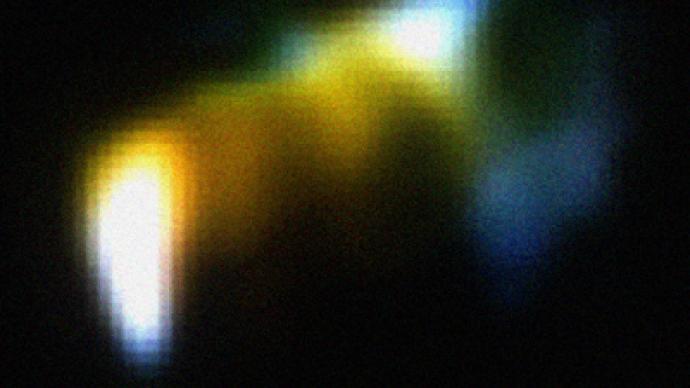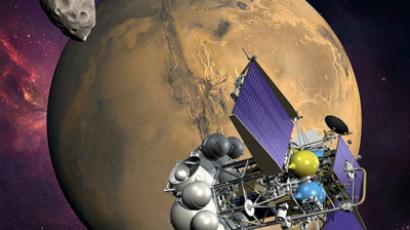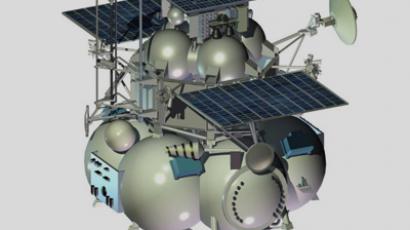US, Japan, Australia? Mars probe will hit Earth in January

The ill-fated Phobos-Grunt probe that got stuck in the orbit after an unsuccessful launch will fall to Earth on January 11, probably affecting four continents, the US Strategic Command shared its latest forecast.
The current orbit of the vehicle suggests that it could collide with the surface on a vast part of the globe, from latitude 51.4°N to latitude 51.4°S. anywhere in Africa, Australia, Japan, North America or southern part of Western Europe, but definitely not on the larger part of the Russian territory.A more-or-less exact prognosis on the coordinates of the crash can only be made several hours before the collision.According to the previous forecast, the probe was due to enter atmosphere on January 9.On Monday Viktor Khartov, the head of the Lavochkin bureau that designed the interplanetary station Phobos-Grunt, officially announced that the probe – worth $161 million – will not be able to reach Mars and is considered lost. The spaceship, which promised to break Russia’s 20-year-long absence from interplanetary flights, was launched on November 9. It was intended to travel to Mars and land on its moon Phobos, later bringing probes back on Earth. The rocket booster performed with precision, but the vehicle’s engines refused to start, placing it in an incorrect orbit.For two weeks scientists were unable to contact the probe, but even after the vehicle responded, all efforts to get it back on track proved to be in vain. Then the connection was lost altogether.There have been reports that two small objects have detached from the probe, but what exactly happened remains unknown.Phobos-Grunt was initially delivered on orbit with apogee of 340 km and perigee 207 km. Despite being offline, evolutions of the orbit of the probe have been registered: it started to gain altitude at a pace 0.5 km per day, but on November 21 the process reversed. As of now, the space vehicle has orbit with apogee of 281 km and perigee 201 km.














